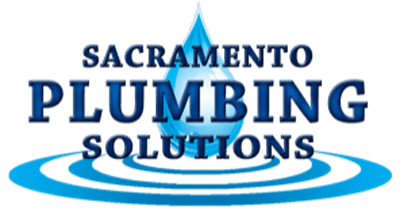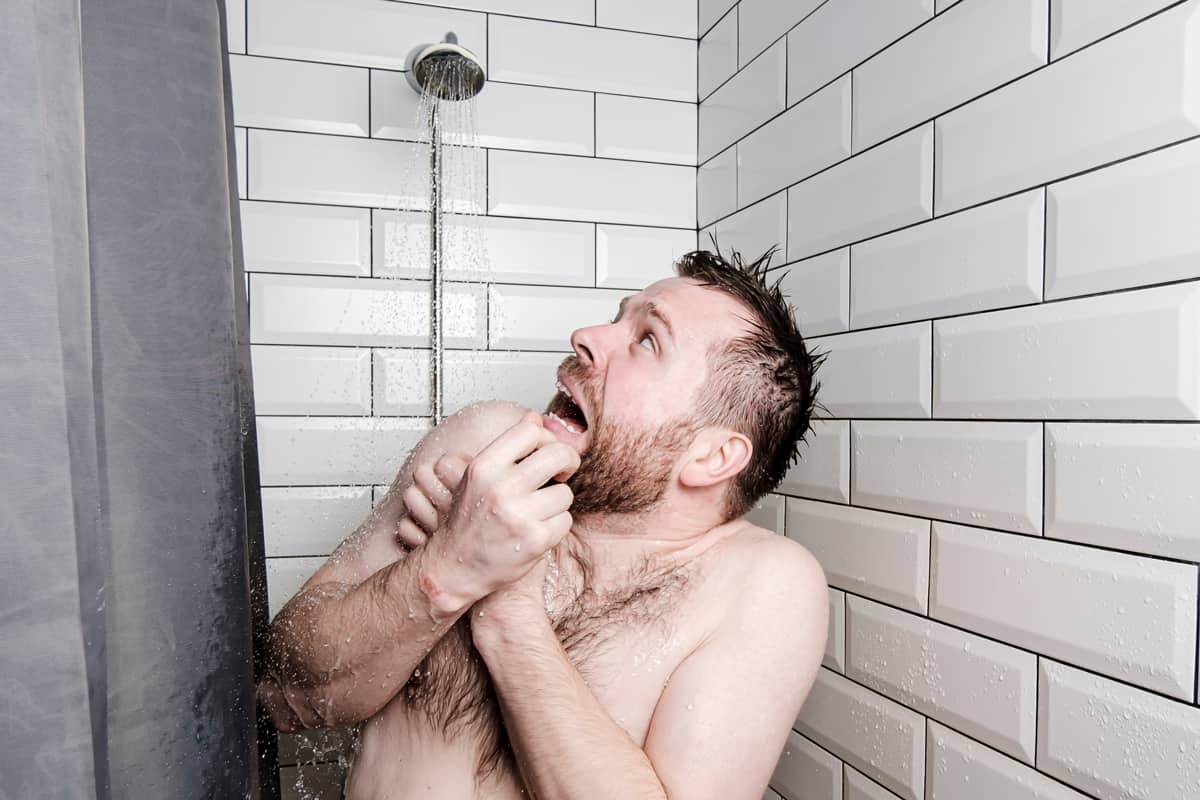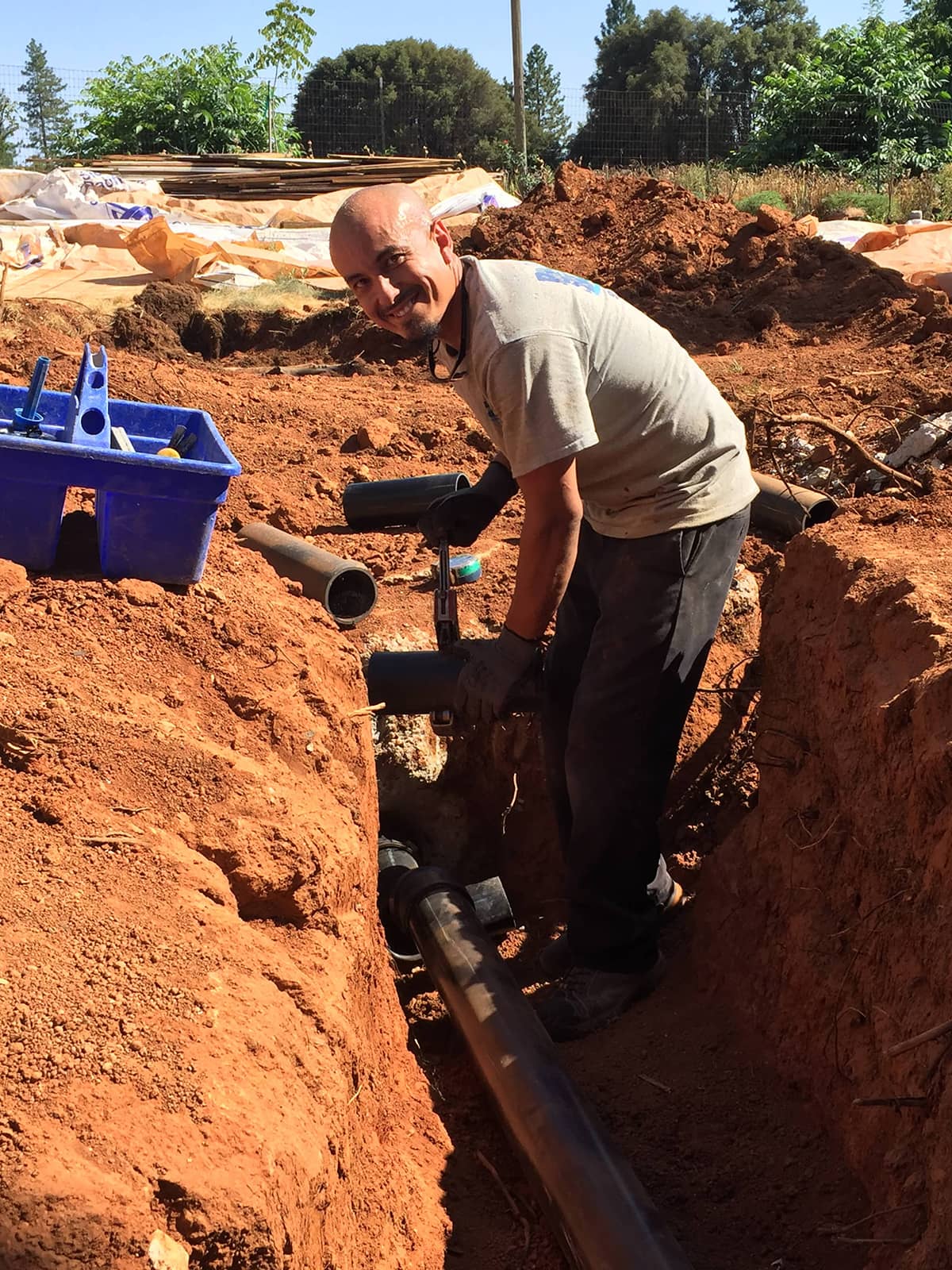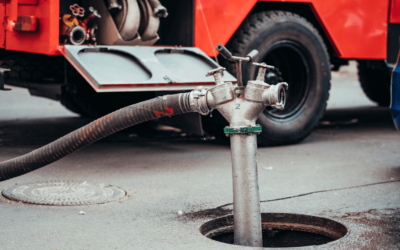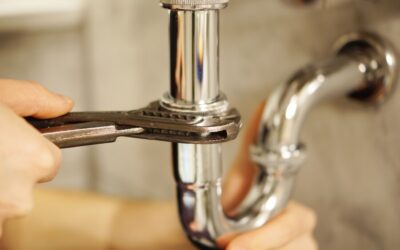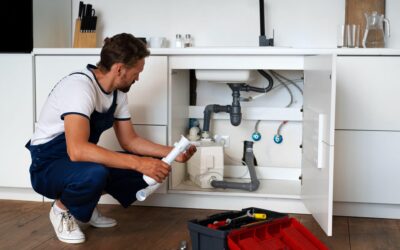No one likes a cold shower, and we’ve all been there, waiting for three, five, seven minutes until hot water finally reaches the faucet. On top of being a mild inconvenience and a burden to your water bill, these delays cause a massive waste of more than 280 million gallons of water each day in the United States alone. With water as scarce as it is here in California, it’s vital that we have efficient and reliable water heaters so we don’t waste any water. While there are several reasons your water takes longer to heat, there are also convenient solutions to resolve the issue. Find out the top 5 reasons your water doesn’t heat up fast enough, and 4 different solutions for getting hot water faster and longer.
5 reasons your hot water heater is slow
Is your hot water heater taking long to get hot and produce hot water? If so, several factors could be the cause. Some causes are easier to fix than others, but improving your plumbing system can save water, time, and money.
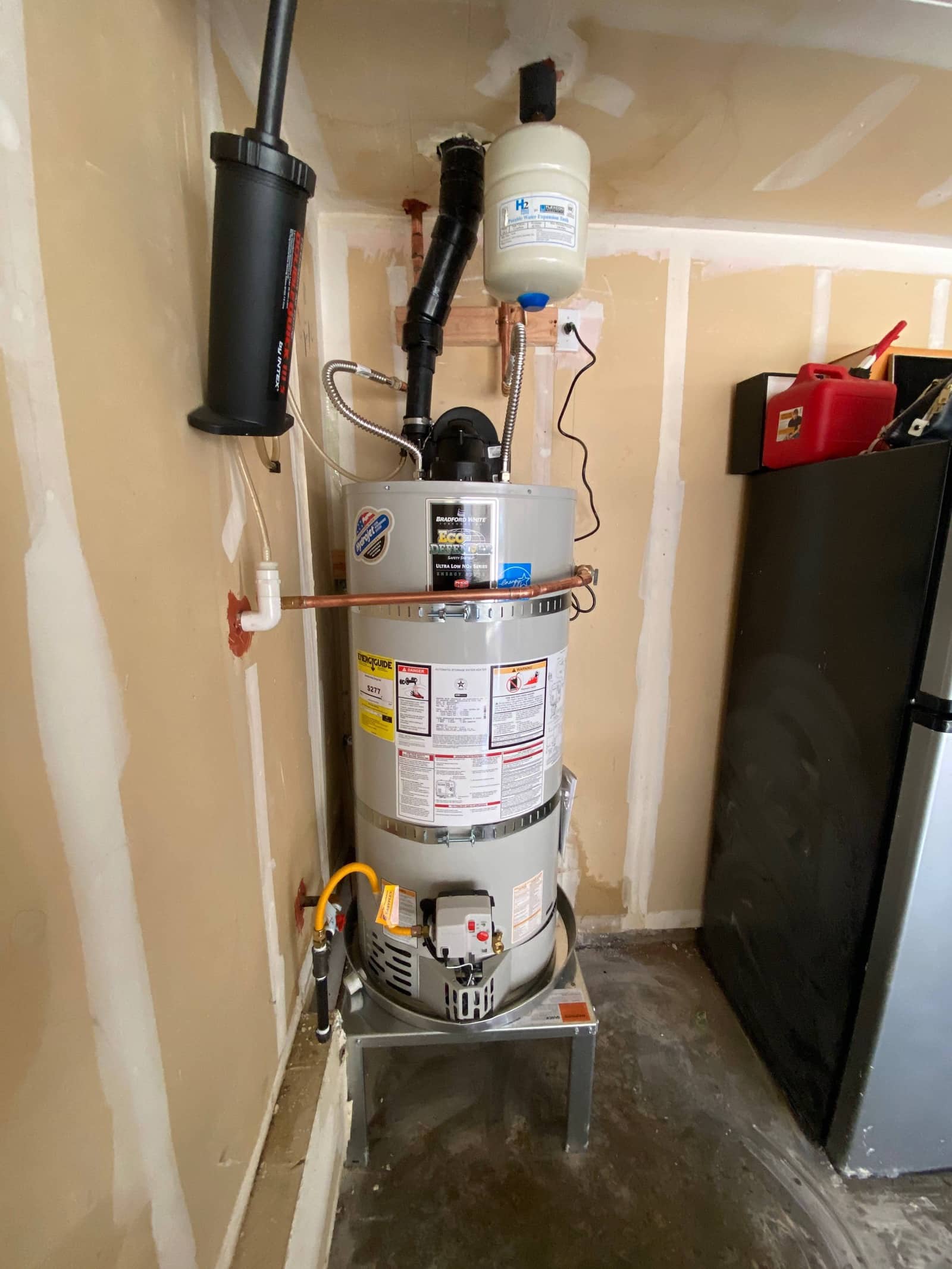
1. Distance from hot water heater
If your water heater storage tank isn’t in a centralized location, the water has to travel a considerable distance before reaching your sink or shower. During the time it takes to deliver hot water, the water temperature drops, leading to a longer wait time as the pipes fill with enough water to maintain a high temperature.
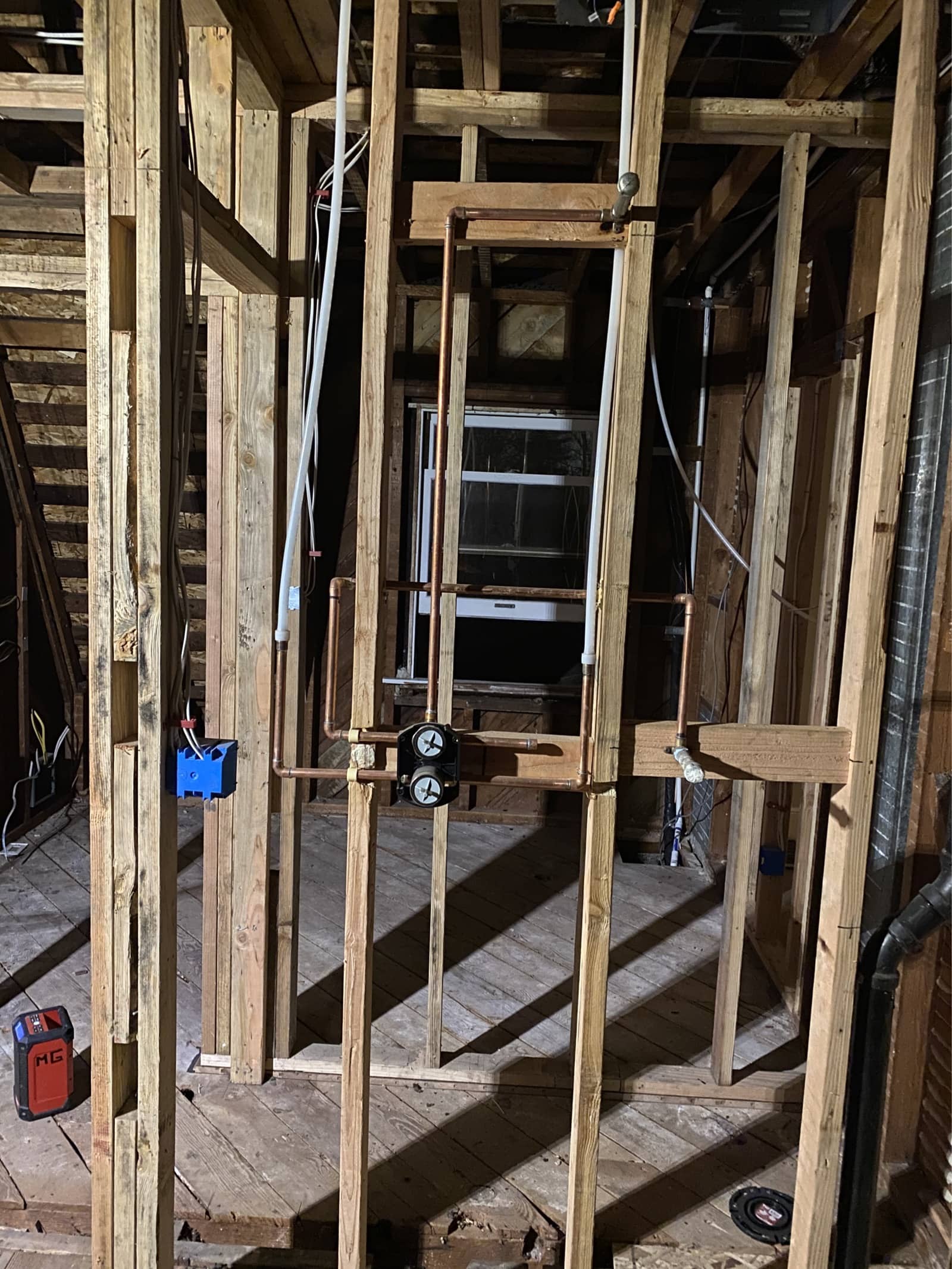
2. Cold water in pipes
When no water runs in a house, the water pipes remain full, so water is available when an outlet opens. Before heated water arrives at the outlet, all the cold water sitting in the pipes must be expelled, wasting water and time.
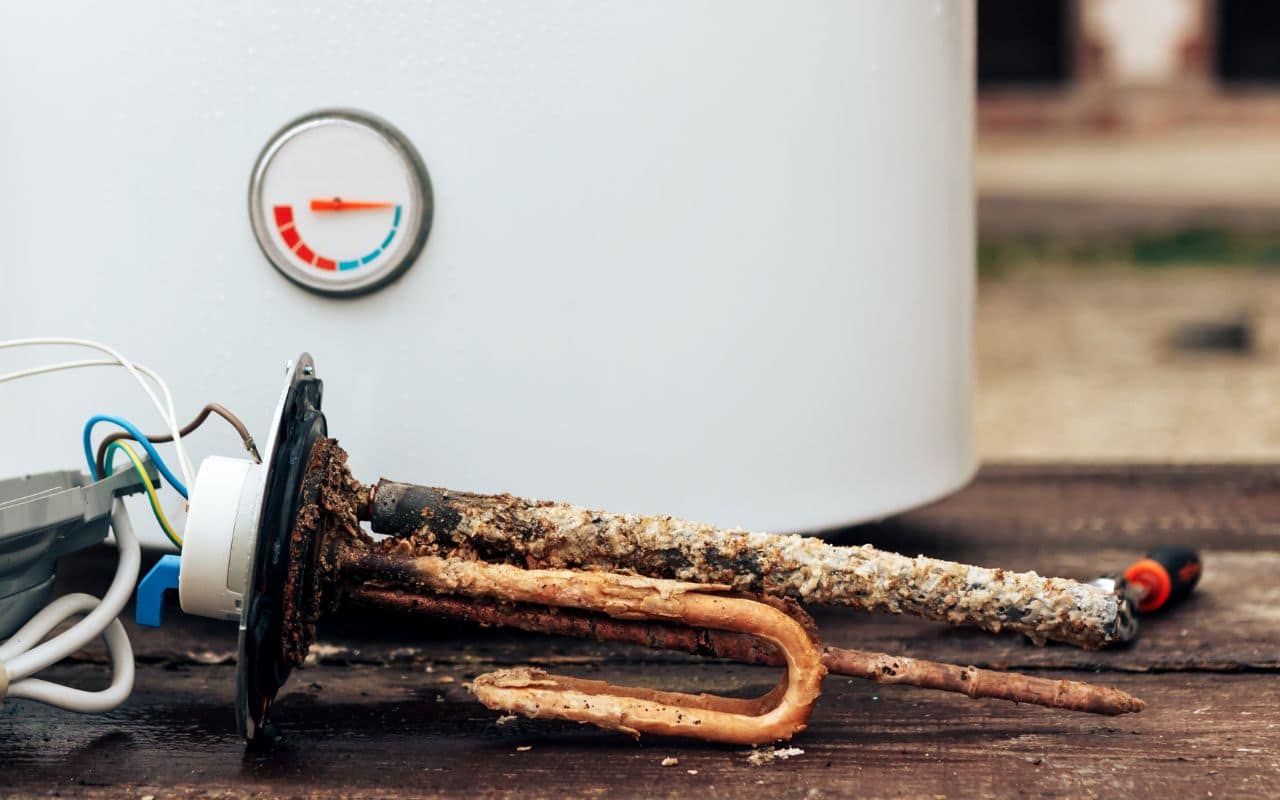
3. Sediment buildup in the hot water tank
As water enters the tank, it brings dissolved minerals and debris such as sand and iron. Over time it settles to the bottom of the tank and builds a debris layer between the water and the heating element, which reduces the efficiency of water heaters. Your water tank could also need a new sacrificial anode rod, which needs replacement every year or so depending on your water’s mineral content.
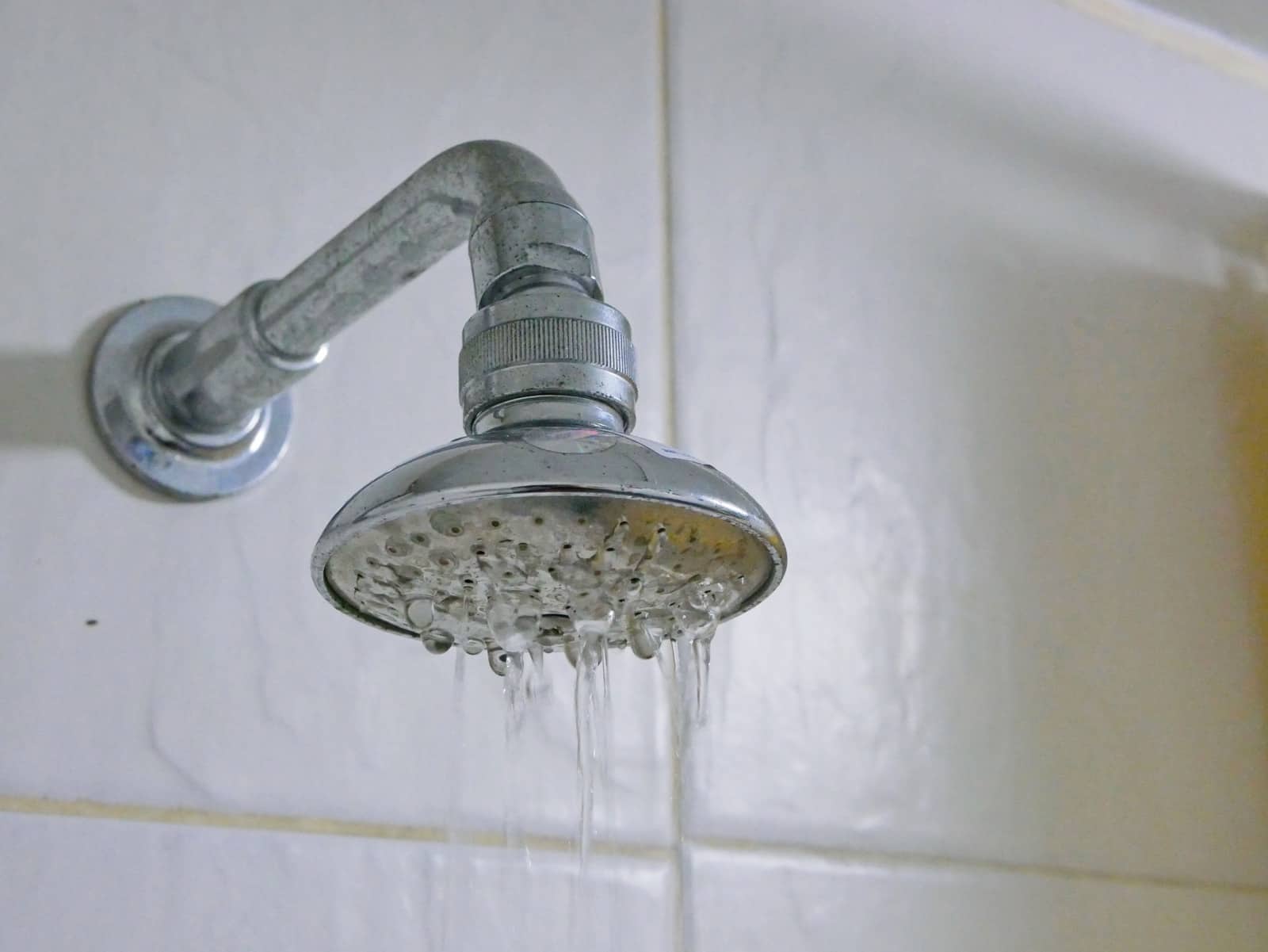
4. Low volume restriction
Low flow rates of faucets and shower heads also cause a wait for hot water since they determine how quickly the cold water in the pipes empties before the heated water arrives. This is especially true for low-flow faucets and shower heads designed for conserving water. These are very common in California and in rented apartments.
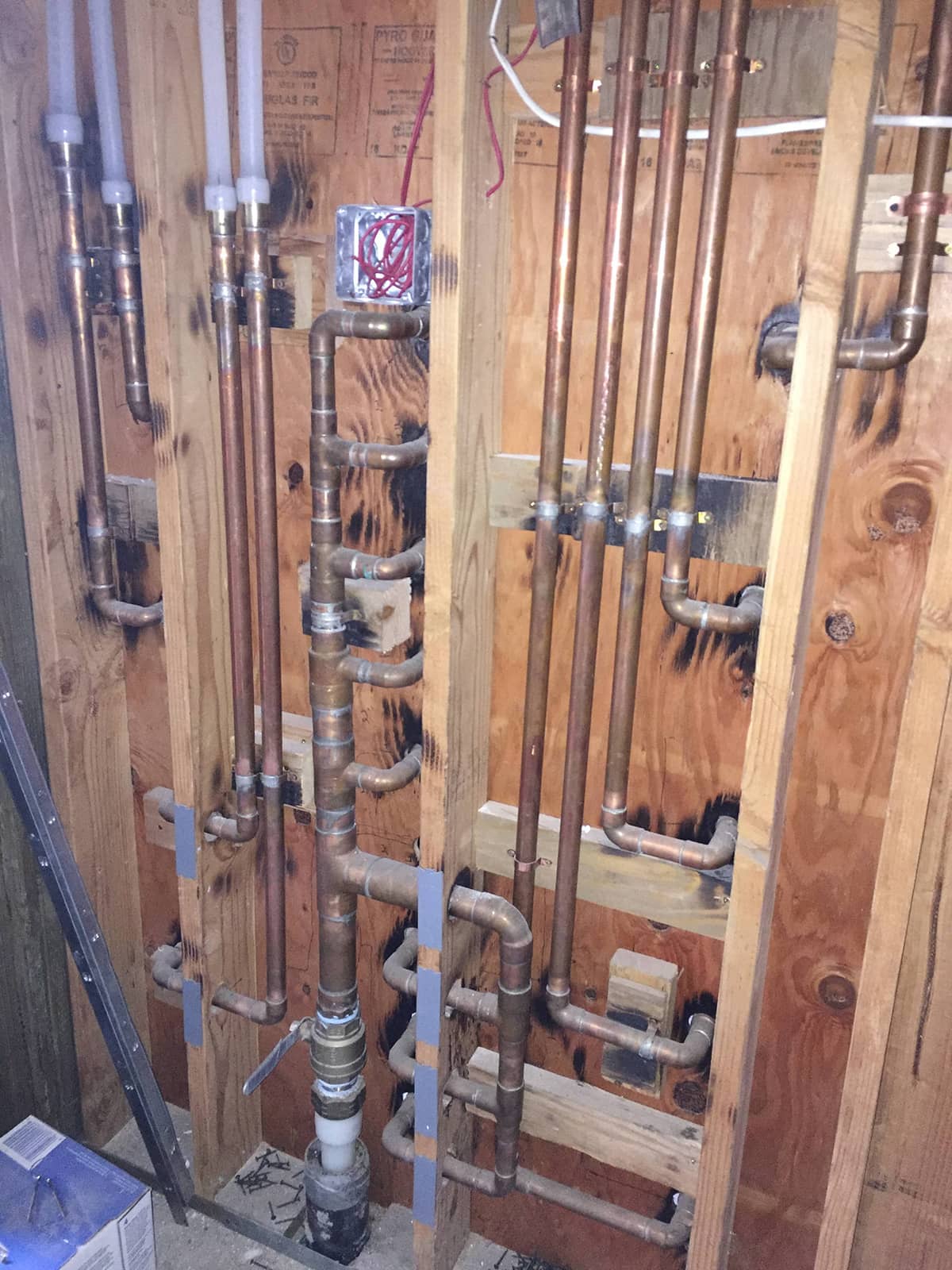
5. Diameter of pipes
The diameter of the water pipe creates a significant impact as well. A wider pipe requires more water per cubic inch, which slows the water flow affecting the time needed for hot water to get to its final destination.
4 ways to get hot water faster
There are several solutions a professional plumber can provide to develop a more efficient system and heat water at a faster rate. Many of these solutions constitute professional advice, so we recommend scheduling a free estimate to determine the best solution for your home.
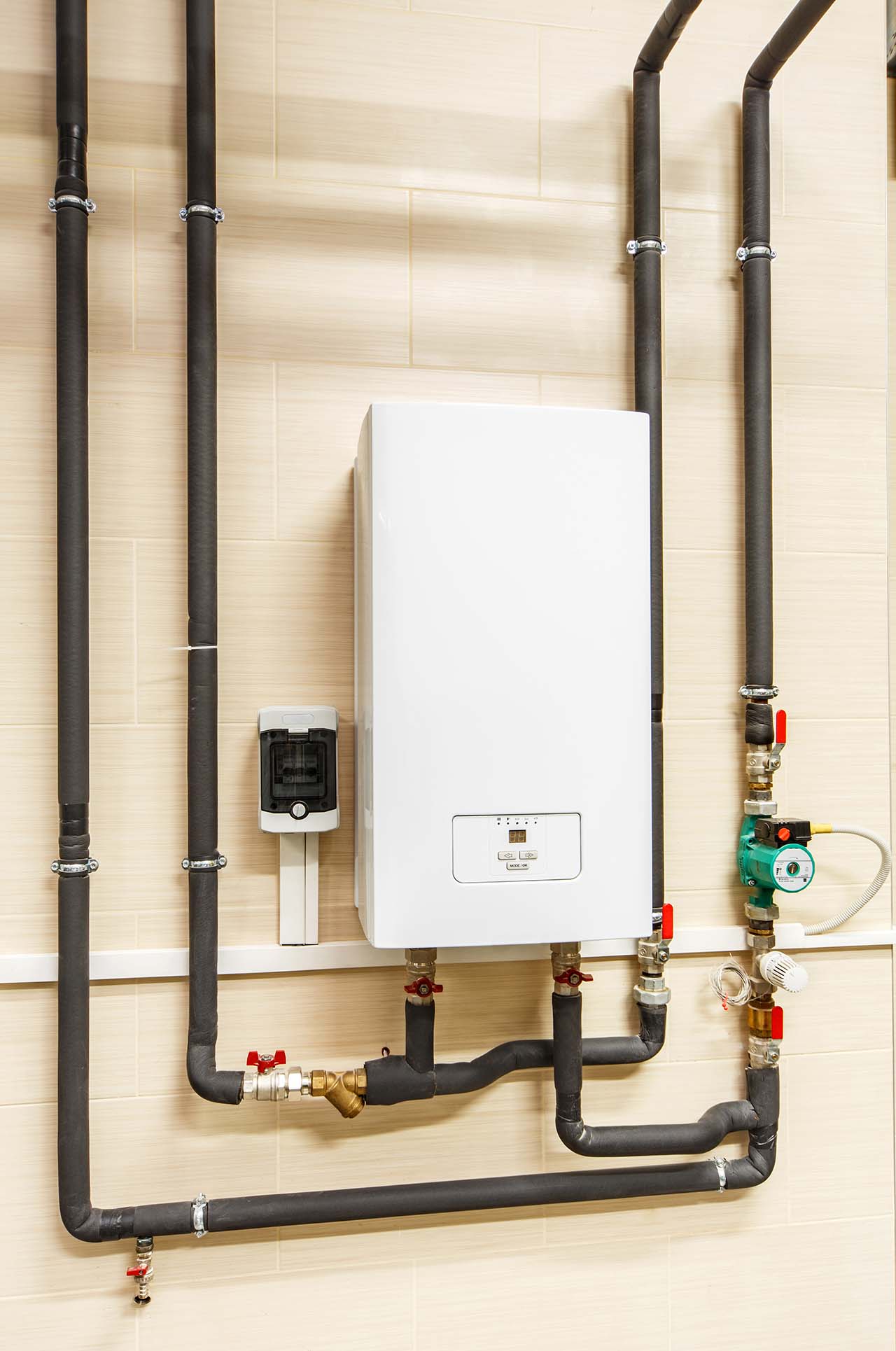
1. Install a tankless water heater
A new tankless water heater will provide continuous warm water on demand with better energy efficiency than a traditional water heater. Depending on your needs, there are two types of tankless water heaters, a whole-house or smaller point-of-use water heater, and either option will provide access to instant hot water while reducing heating costs. Keep in mind that even tankless water heaters need to be descaled annually to avoid having the same issue.
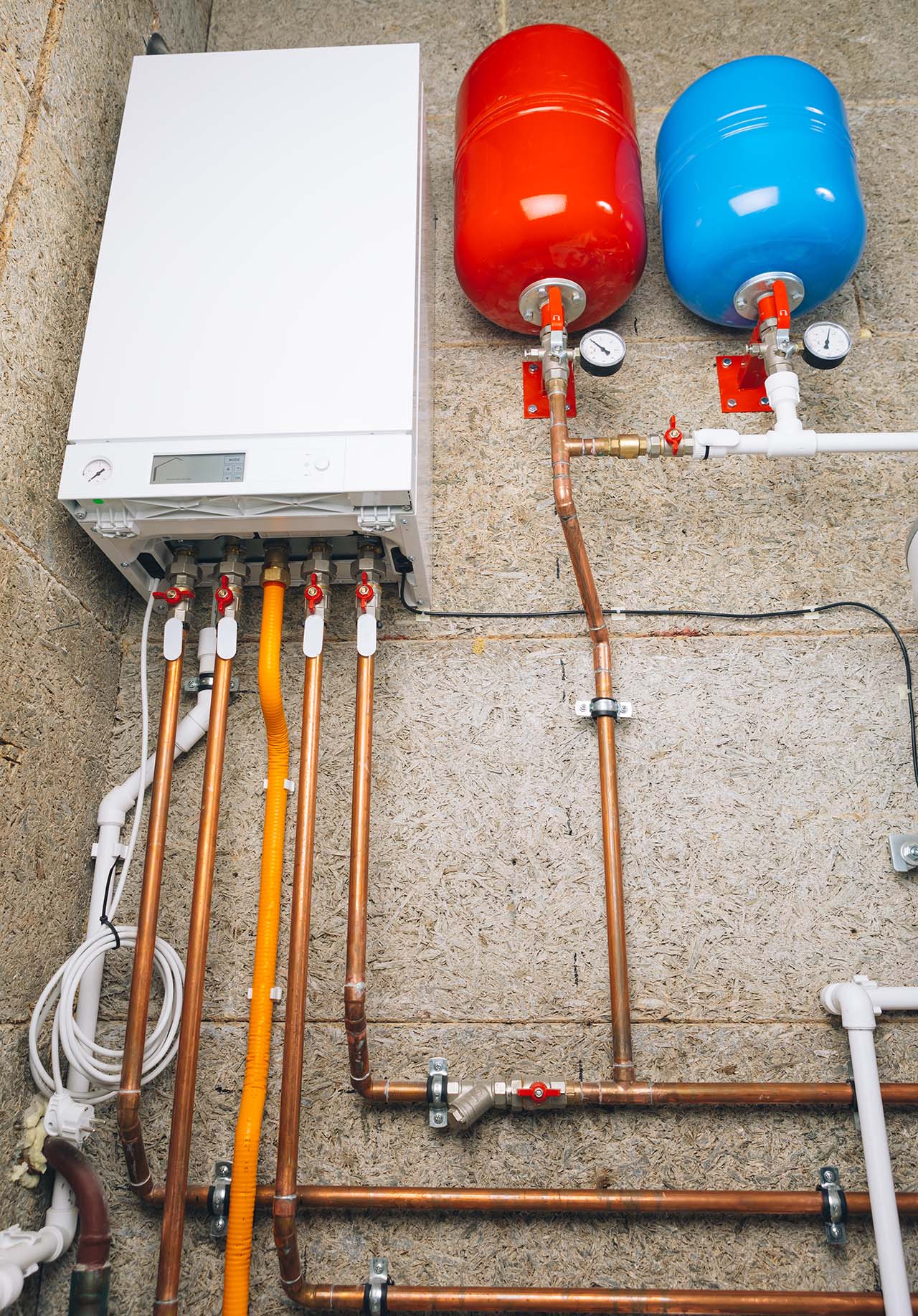
2. Install a hot water recirculation system
A hot water recirculating system or recirculating pump is another solution. The two types of systems available include a complete system and a retrofit system. A complete hot water recirculation system is the more energy-efficient option with a dedicated hot water line that runs from your furthest fixture back to the water heater providing a constant flow. Alternatively, a retrofit hot water recirculation pump connects to the water heater’s hot water outlet and a crossover valve is installed at the furthest fixture.
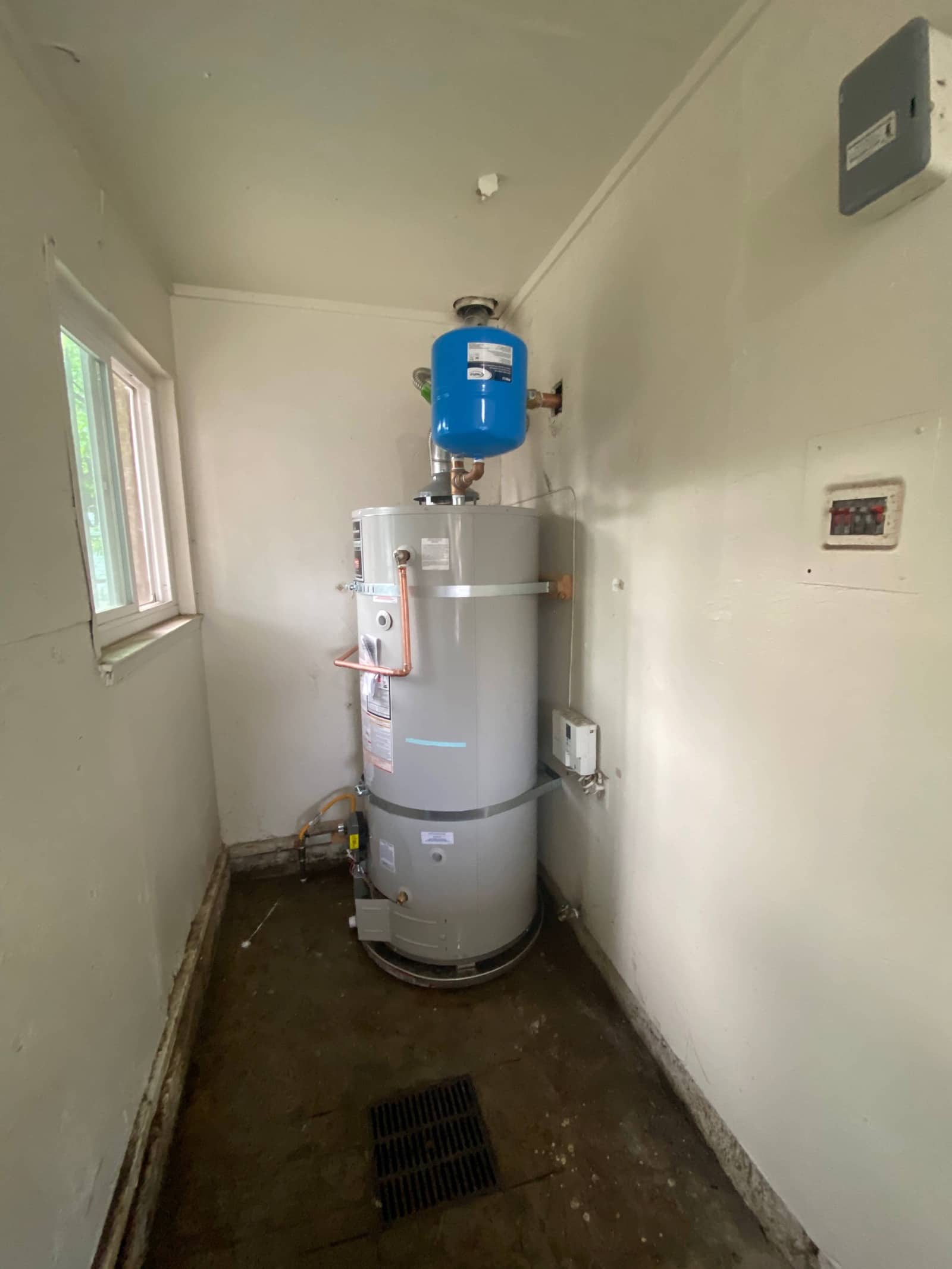
3. Increase flow rate
If the water pressure in your home is low, a home water pressure booster may be the ideal solution for regulating the flow rate of hot water. These pumps are added to an existing water system and accelerate the water flowing through the pipes to increase pressure. Getting a larger water heater in general may be a smart option too, depending on how many people live in your household. We recommend first finding out what size water heater you should have to see if this is the problem.
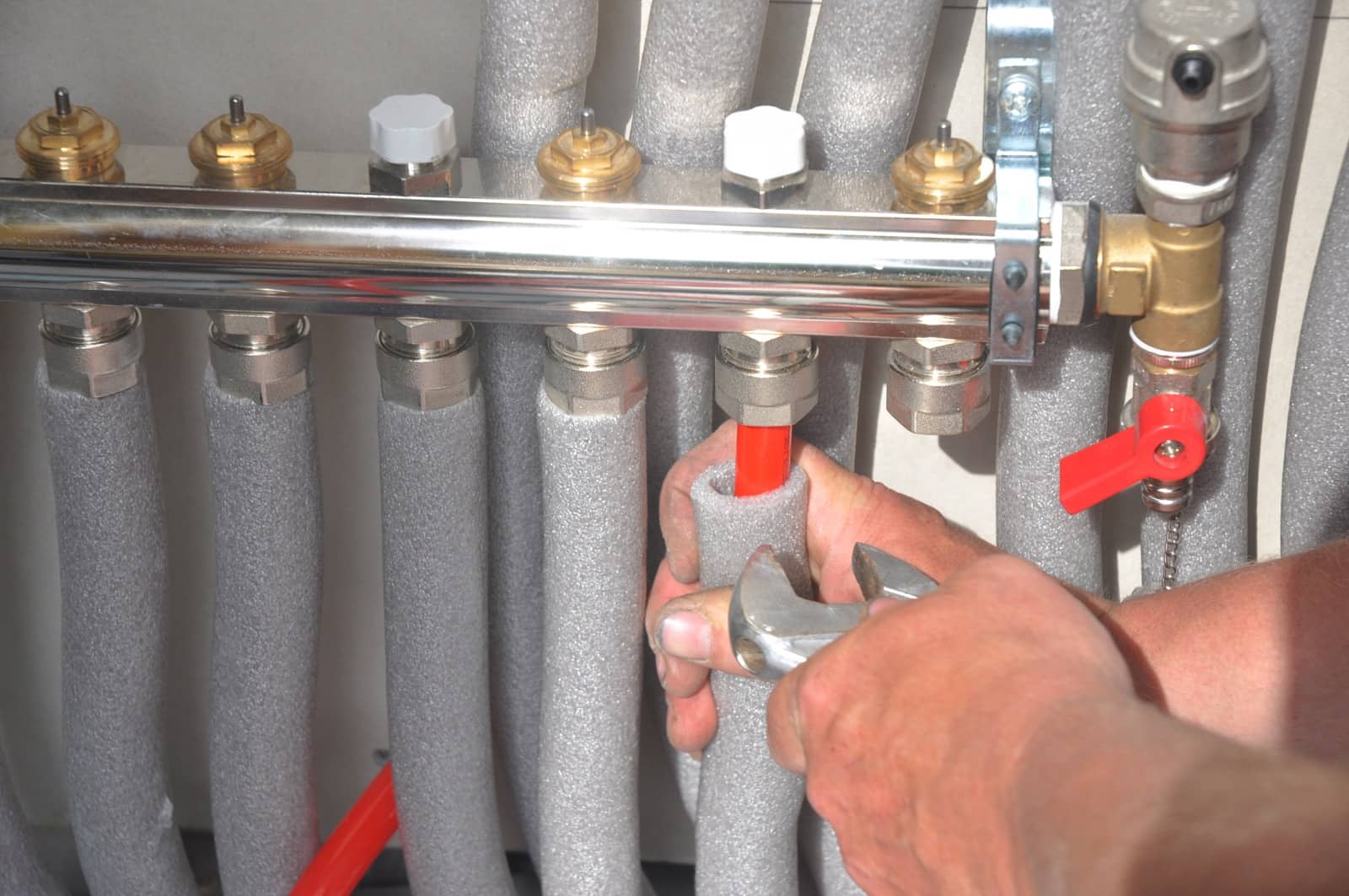
4. Insulate pipes
One of the simplest and most cost-effective solutions is insulating your water pipes. Cold pipes lead to cold water, especially during cold weather. Pipe insulation minimizes the heat gained and lost through materials such as copper pipes which will help maintain the high level of heat you desire.
Get help solving your hot water issues
Sacramento Plumbing Solutions offer you a full line of hot water solutions. Whether you’re looking for a standard hot water tank or a state-of-the-art tankless heater, we have a solution to ensure your family enjoys fast, hot water 24/7. Give us a call today to speak with someone who cares about getting the job done right, and we’ll provide you with a free estimate.
